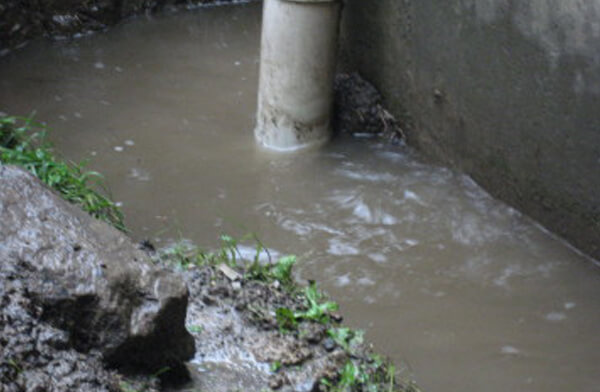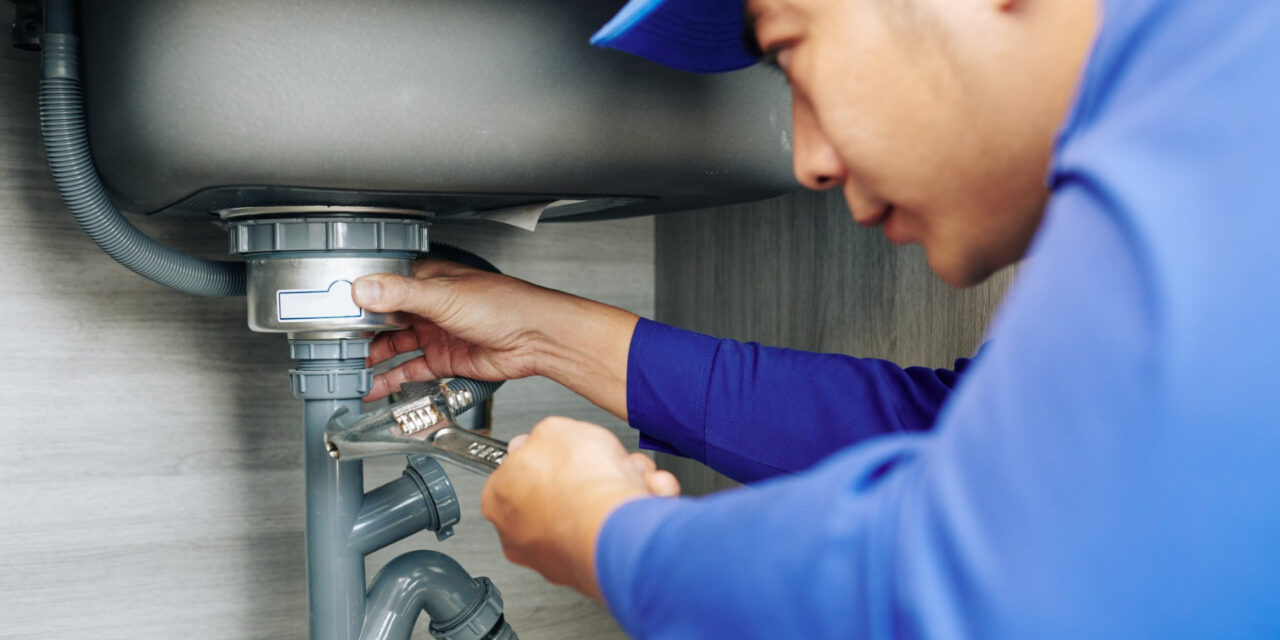Overview To Water Leakage Detection In Your Home
Overview To Water Leakage Detection In Your Home
Blog Article
Each person has their own unique rationale in relation to Leaking water lines.

Early detection of dripping water lines can reduce a possible disaster. Some tiny water leakages may not be noticeable.
1. Examine the Water Meter
Every home has a water meter. Checking it is a guaranteed way that helps you find leakages. For beginners, turn off all the water resources. Make certain no person will purge, make use of the tap, shower, run the cleaning machine or dishwashing machine. From there, go to the meter and watch if it will transform. Because no one is utilizing it, there ought to be no movements. That suggests a fast-moving leakage if it relocates. Also, if you spot no changes, wait an hour or 2 and examine back again. This suggests you may have a slow leak that can also be underground.
2. Check Water Consumption
Examine your water costs as well as track your water intake. As the one paying it, you ought to discover if there are any type of discrepancies. If you find sudden changes, despite your usage coinciding, it means that you have leakages in your plumbing system. Keep in mind, your water expense ought to fall under the same variety each month. A sudden spike in your bill suggests a fast-moving leakage.
A constant increase every month, even with the same behaviors, reveals you have a slow leak that's additionally gradually rising. Call a plumber to thoroughly inspect your residential or commercial property, especially if you really feel a warm location on your floor with piping below.
3. Do a Food Coloring Test
When it comes to water usage, 30% comes from toilets. If the color somehow infiltrates your dish throughout that time without flushing, there's a leakage between the tank and also bowl.
4. Asses Exterior Lines
Do not fail to remember to check your exterior water lines too. Must water seep out of the connection, you have a loosened rubber gasket. One tiny leak can waste lots of water and also surge your water bill.
5. Analyze the circumstance and inspect
Property owners ought to make it a habit to inspect under the sink counters as well as also inside closets for any bad odor or mold development. These two warnings indicate a leak so prompt attention is needed. Doing regular examinations, also bi-annually, can save you from a major problem.
Check for stainings and also damaging as a lot of pipelines and devices have a life expectancy. If you think leaking water lines in your plumbing system, don't wait for it to escalate.
Early detection of dripping water lines can reduce a prospective catastrophe. Some small water leaks may not be visible. Examining it is a guaranteed means that assists you discover leaks. One small leak can throw away bunches of water and spike your water expense.
If you think leaking water lines in your plumbing system, don't wait for it to intensify.
WARNING SIGNS OF WATER LEAKAGE BEHIND THE WALL
PERSISTENT MUSTY ODORS
As water slowly drips from a leaky pipe inside the wall, flooring and sheetrock stay damp and develop an odor similar to wet cardboard. It generates a musty smell that can help you find hidden leaks.
MOLD IN UNUSUAL AREAS
Mold usually grows in wet areas like kitchens, baths and laundry rooms. If you spot the stuff on walls or baseboards in other rooms of the house, it’s a good indicator of undetected water leaks.
STAINS THAT GROW
When mold thrives around a leaky pipe, it sometimes takes hold on the inside surface of the affected wall. A growing stain on otherwise clean sheetrock is often your sign of a hidden plumbing problem.
PEELING OR BUBBLING WALLPAPER / PAINT
This clue is easy to miss in rooms that don’t get much use. When you see wallpaper separating along seams or paint bubbling or flaking off the wall, blame sheetrock that stays wet because of an undetected leak.
BUCKLED CEILINGS AND STAINED FLOORS
If ceilings or floors in bathrooms, kitchens or laundry areas develop structural problems, don’t rule out constant damp inside the walls. Wet sheetrock can affect adjacent framing, flooring and ceilings.
https://www.servicemasterbyzaba.com/blog/how-to-detect-water-leakage-in-walls/

I'm just very inquisitive about Locating water leaks and I'm hoping you appreciated my page. In case you enjoyed our article plz be sure to share it. We treasure reading our article about Locating water leaks.
Report this page